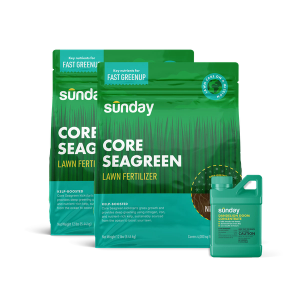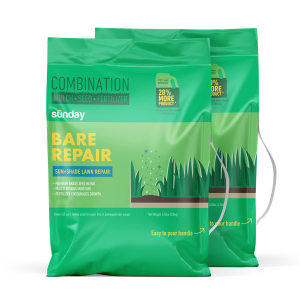Description
Necrotic ring spot shows up as circular or doughnut-shaped patches of light green to straw-colored grass. Older patches appear as a “frog eye,” with healthy grass in the center encircled by a ring of dead grass. These diseased rings can vary in size from several inches to several feet in diameter. Over time, the affected grass dies and becomes matted and rings may coalesce to create larger arcs of dead turf.
Susceptible species and favorable conditions
Susceptible species: Kentucky bluegrass and fine fescue; occasionally annual bluegrass, creeping fescue, and bentgrass.
Favorable conditions: Necrotic ring spot commonly occurs when wet weather is followed by hot, dry periods. However, necrotic ring spot can occur over a broad range of temperatures and soil moisture conditions, and therefore can occur from mid-spring through late fall. If left untreated for several years, necrotic ring spot incidence will naturally decline.
Recommended cultural practices
Recommended cultural practices:
- Because fertilizer use during summer months favors growth of necrotic ring spot, fertilize only in the fall. Avoid applying water-soluble nitrogen (quick release) and use a slow-release source of nitrogen.
- Necrotic ring spot is a root disease and won’t be visible on the surface for some time; be prepared for eradication to take longer than one season
- Maintain a soil pH above 6.2 and below 7.5.
- Amending with sulfur can reduce the severity of a necrotic ring spot outbreak, but should be discontinued if the soil pH drops too low.
- Aerate in the spring or fall to encourage deep rooting.
- Deep and infrequent watering. During times of heat stress, light watering on the surface at midday can reduce heat stress.
- Raise mowing height during periods of heat stress.
- Do a compost treatment in the proximity of affected areas
Chemical control: Preventative treatment in the spring using systemic fungicides can be effective in controlling necrotic ring spot.
Photo Credit: Mary Ann Hansen, Virginia Polytechnic Institute and State University, Bugwood.org



















